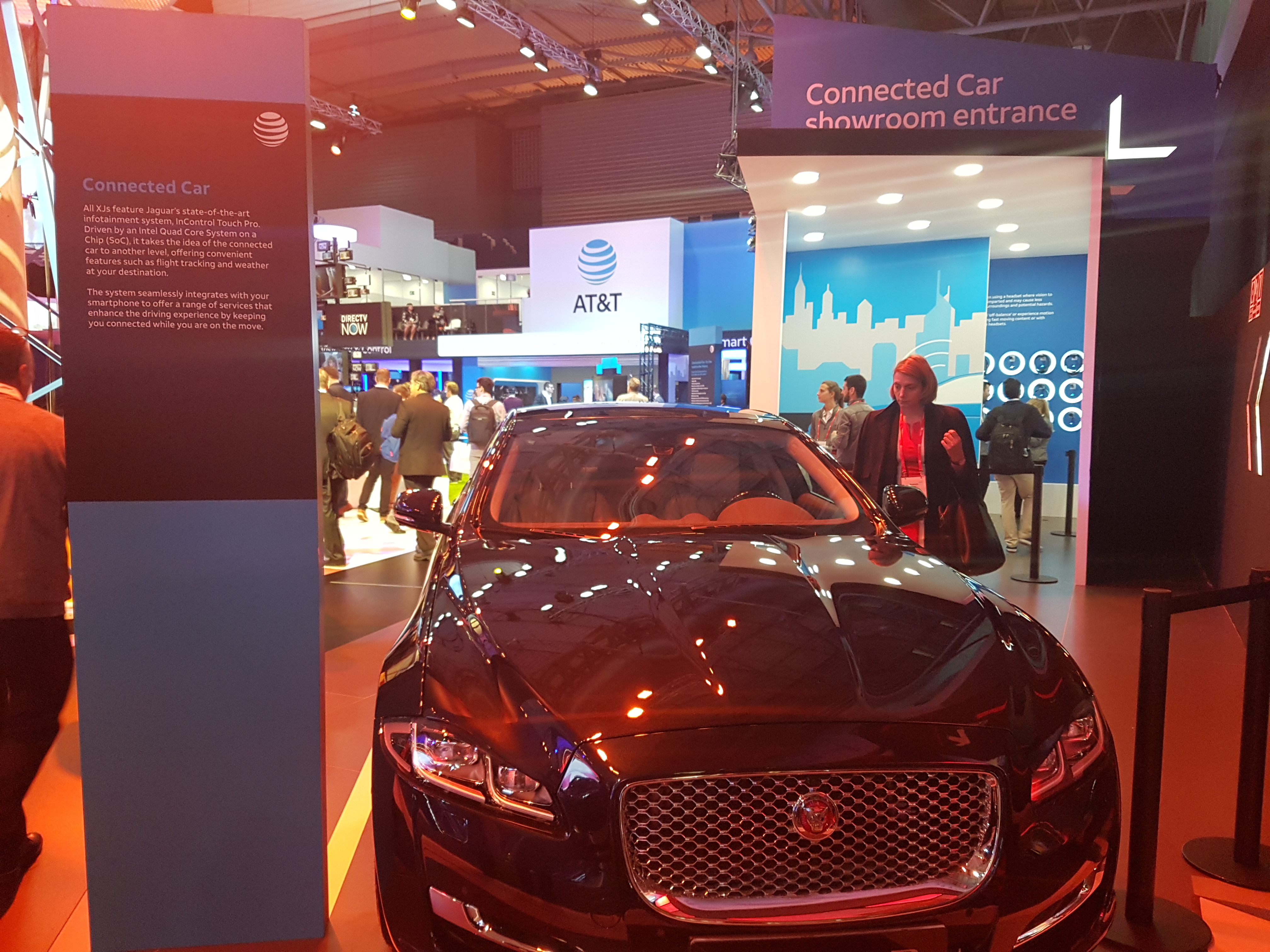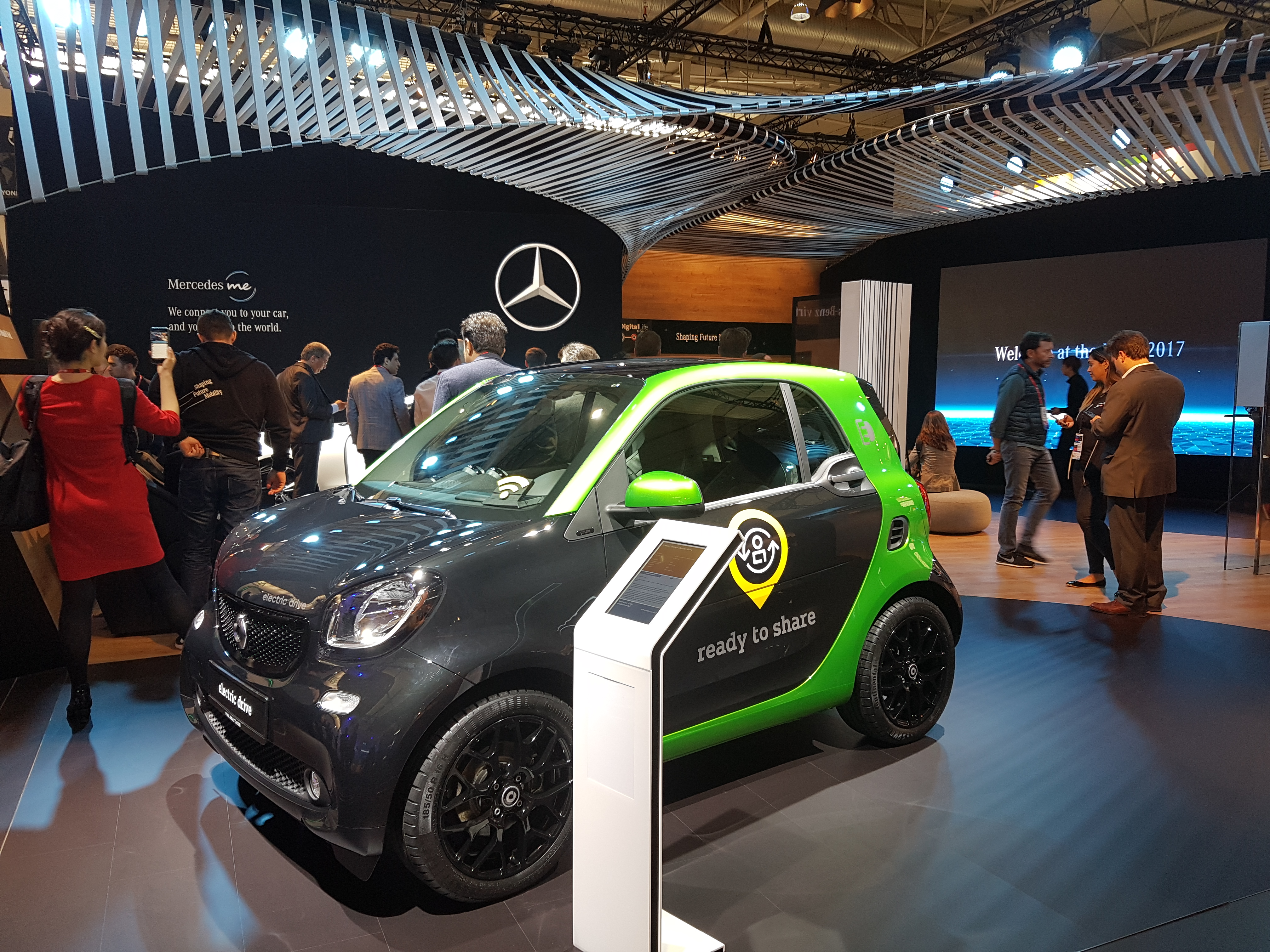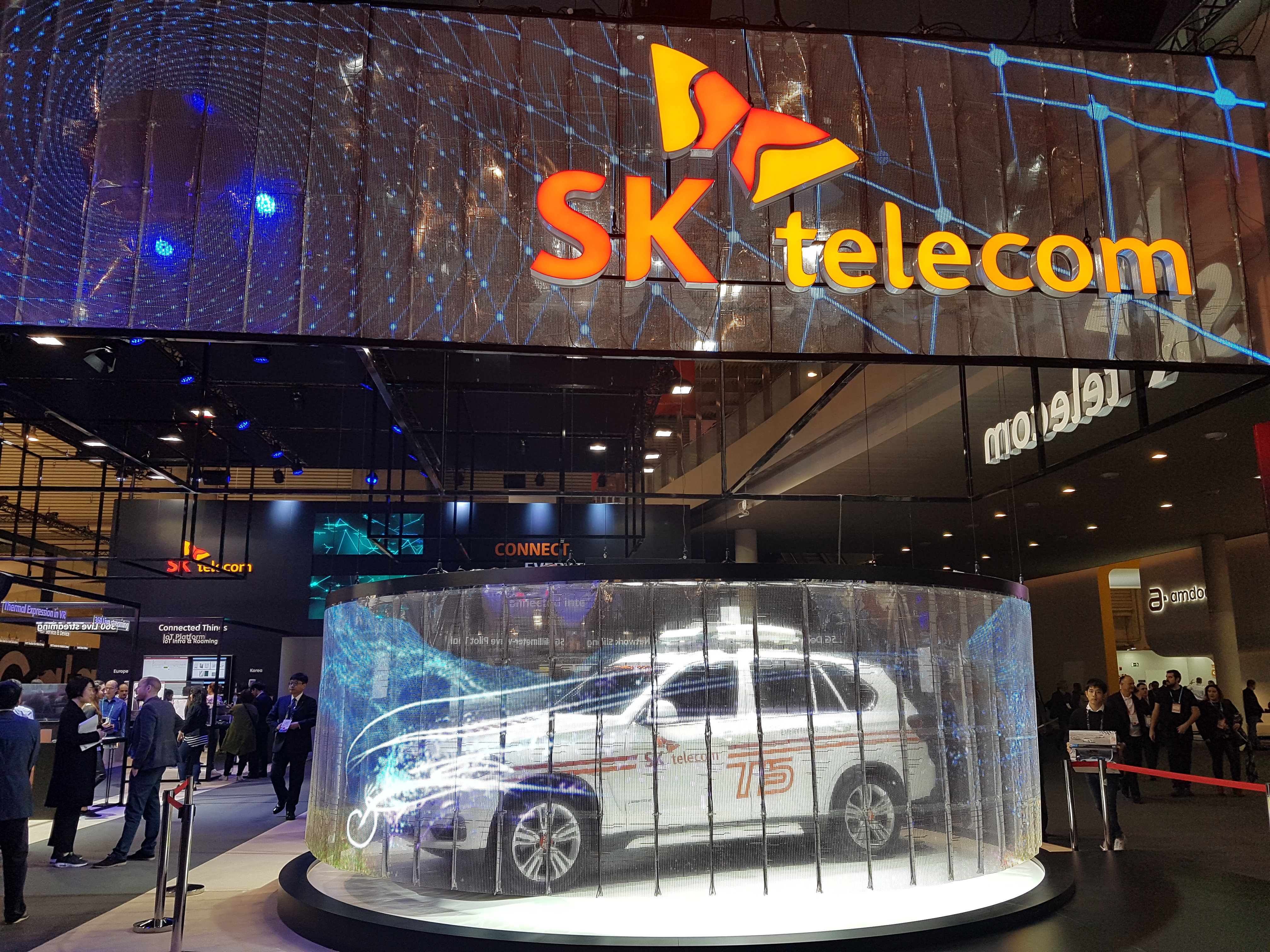As the most successful event in its history, Mobile World Congress 2017 featured myriad keynotes, seminars, programmes and demonstrations from industries across the board, making for one of the most exciting events of this year.
The automotive industry stood out in particular, displaying countless demonstrations in the exhibition halls, ranging from bikes to trucks and everything in between. Certainly one of the biggest attractions, exhibition halls were buzzing with excitement around connected car demonstrations, highlighting demand for connected and autonomous driving solutions. The coming together of the entire ecosystem – mobile operators, automotive OEMs and suppliers, platform providers – further underlines the industry’s interest in providing these solutions and raises hope that the industry will take a unified and collaborative approach to ensure the successful scaling of the market.
One such demonstration was AT&T’s ‘Connected Car HoloLens’. Using Microsoft HoloLens headsets, delegates were able to explore AT&T’s Connected Car solution and understand how the Internet of Things can enable vehicles to communicate with other road users and smart city solutions around them to optimise their route and create a safer, more enjoyable journey. Watch a video of AT&T’s ‘Connected Car HoloLens’ here.
The technology that will enable the communication among vehicles, and between vehicles and other smart city devices, is Cellular Vehicle-to-Everything (Cellular V2X), also referred to as ‘LTE-Support for V2X’ in the upcoming 3GPP Release 14. The standardisation of this technology is marking an important step for the industry, bringing connected and autonomous driving further within reach and accelerating the growth of the market with a unified, standardised approach.
Ford’s ‘City of Tomorrow’ demonstration highlighted how ‘Autolivery’ (autonomous delivery) could improve mobility and lead to a more sustainable, smarter city by reducing, for example, air pollution and gridlocks. Using VR headsets, visitors were able to explore this idea which envisions self-driving vans to transport deliveries on the ground, while solutions-and-impact/industries/smart-mobility/air-mobility/ would be able to reach destinations inaccessible by car. This concept of using autonomous vehicles and solutions-and-impact/industries/smart-mobility/air-mobility/ for delivery services is only one example of how connected vehicles and other smart transport solutions can help make cities smarter and more sustainable, and improve the quality of life for citizens.
Oberthur Technologies and Omoove exhibited a keyless car entry – emphasising not only the increased flexibility and convenience of connected cars, but also the significance of secure and trusted solutions to enable the market to scale. The GSMA has already published a report on Automotive IoT Security to help companies counter the most common forms of attacks, and will continue working with its partners in this area.
The photo gallery below displays more automotive demonstrations from Mobile World Congress 2017, showing how far the industry has come and giving an idea of what to expect in the future.



























